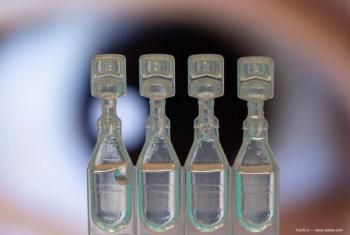
Multiple factors determine residual refractive error
Attention to a host of preoperative and intraoperative factors can minimize the risk of residual refractive error after cataract surgery, but when a refractive surprise occurs, there are multiple variables to consider before deciding on intervention according to one expert.
According to national benchmarks, cataract surgeons should aim for the achieved refraction to be within 0.5 D of the target about 55% of the time and within 1.0 D in about 85% of cases.
Dr. Arbisser said that, in her hands and based on analysis of data for all comers, she well exceeds these targets with 85% of eyes achieving a refraction ±0.5 D of the target and 99.2% having a RRE <1.0 D.
Preventive strategies
"Although we cannot bill for this procedure, it may be worth obtaining an axial length measurement with [partial coherence interferometry] when patients present with early cataractous changes, even if surgery is not yet contemplated, just in case the patient does not return before the cataract becomes super dense," Dr. Arbisser said.
Newsletter
Don’t miss out—get Ophthalmology Times updates on the latest clinical advancements and expert interviews, straight to your inbox.














































.png)


